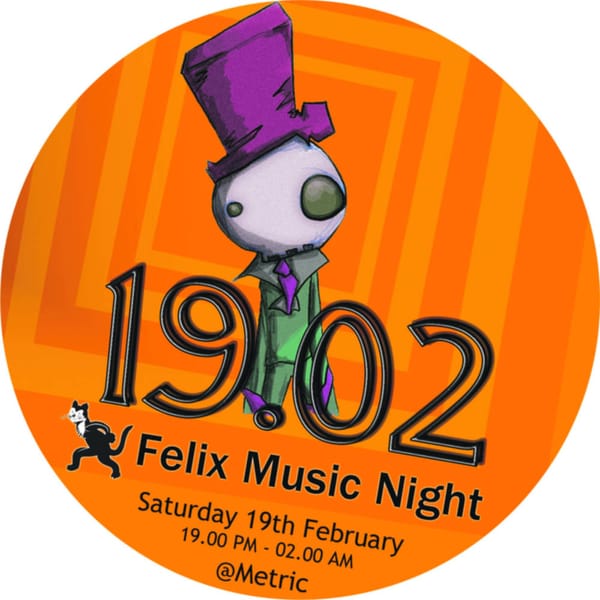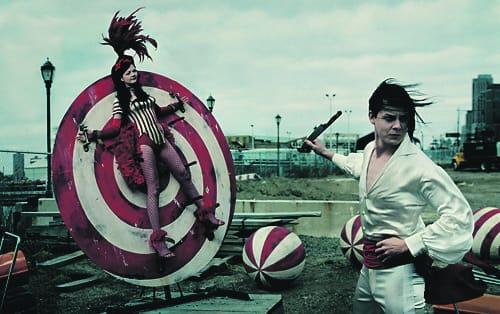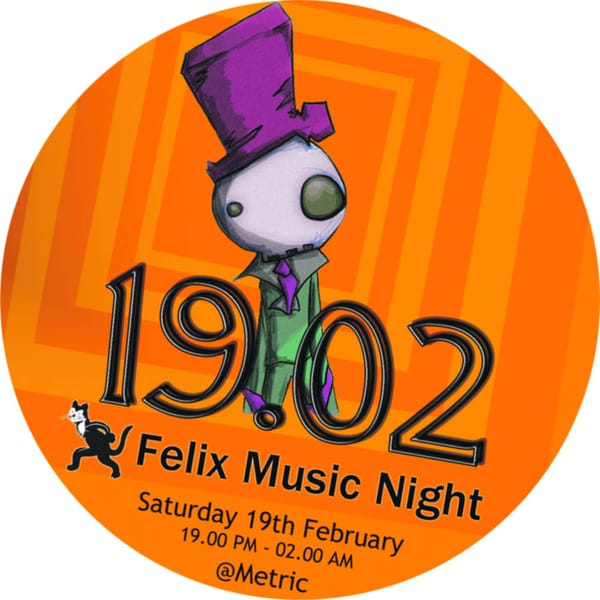Darling Marling
Stephen Smith is clearly a fisherman... and he’s after the Marlin!

Laura Marling is a remarkable artist. She left home at 16 and moved to London carrying, you would like to imagine, only a guitar, a straw hat and a few vinyls. She then befriended – remarkably, given her shyness – members of lightweight-campfire-singalong bands Noah and the Whale and, later, Mumford and Sons. Most people will have noticed her first singing cutesy backing vocals on Mystery Jets’ ‘Young Love’ and Noah’s ‘5 Years Time’ and would have rightly thought her a songstress of little substance. However, delve even slightly into any of her solo work and you will notice a complete transformation. No longer is she the naïve poster girl of such hollow genres as “indie-folk” or “nu-folk” but rather a songwriter of (almost) the highest quality who contemplates womanhood and the hazards of love rather than sunny days at the zoo. That is not to say that childlike, happy songs are bad: sunny days at the zoo are some of the happiest memories of my life. However, anyone can write a catchy tune about the sun, but it takes great talent to sing about love and sadness without cliché, something Laura manages every time.
Many comparisons have been drawn between Laura and 60s/70s folk-jazz singer-songwriter Joni Mitchell, comparisons which I originally thought were either unnecessary attempts at categorising her into the folk-hippy compartment of the music world, or else just plain wrong. In hindsight I can see that these comparisons were quite correct. Both artists, on a simple-minded level, play guitar and sing songs about love and feminity, but much more significantly, Laura and Joni, until about 1971, have very similar high-register vocal styles – listen to Laura’s ‘Flicker and Fail’ and you’d think it was Joni singing). Thematically, both artists seem to be following similar routes, Joni started off singing light-hearted lovesongs, then more serious lovesongs, songs about children, marriage, the end of love, and, finally, travel and restlessness; Laura has followed an identical thematic path, though she has not yet reached the last stage, naturally, being only 21. Joni Mitchell was for many years my favourite artist, so it pains me to say that Laura Marling may be coming close to bettering her. Obviously in situations like this one must take into account that fact that Joni almost single-handedly invented the female singer-songwriter genre whereas Laura is, in the nicest possible sense, recycling what has already been done, but to say that this makes Joni necessarily better than Laura is to misunderstand what folk music is about. Clearly folk music does not extend the boundaries of musical possibility as some electronic genres do, nor does it constantly yearn for newness and freshness as pop music should. Rather, folk is a genre that celebrates the past, that reworks over and over what has already been done in order to reach a perfect musical description of the high and low points of everyday life. It is exactly this that Laura is doing so well.
It was music that evoked the most melancholy memories of my childhood, walking at night in the woods, camping in a freezing cold glade
I have only seen Laura Marling live once, at the Norwich Waterfront in November last year, and it was undoubtedly the best gig I have ever been to, partly due to the setting. If you have never been to Norwich, don’t expect anything, it is a completely average English town. The day I went to see Laura there was the day in November when it started to snow, and the weather transformed Norwich into a beautiful, old, Tudor town. The relevance to Laura’s music was magnificent, for her music transforms the mediocrity of daily life into something of age-old beauty. Laura played 13 songs (no encore, she considers them arrogant), three from her debut, seven from her second album, I Speak Because I Can, and three new songs. Naturally, her ten already-released songs were wonderful to hear, her voice, smokier now than in 2008, changing early songs – which appear gentle on Alas I Cannot Swim – into more gritty, 3-dimensional pieces. Halfway through the set, she was on the verge of treating us to a rendition of Neil Young’s ‘The Needle and the Damage Done’ but, much to my annoyance, an audience member insisted on another, less good song. Usually at gigs, much irritation is caused when an artist insists on playing new rather than old songs, but it is a testament to Laura’s writing ability that the new songs were by far the highlights of the set. Two of the new songs, ‘Rest in the Bed’ and ‘Night After Night’, have names, the third was a nameless medley. I very highly recommend looking up those two songs on Youtube, for they are sublime, send-a-shiver-down-your-back, images-of-dark-forests, musically excellent, lyrically fantastic songs.
I can’t express how beautiful those new songs sounded that night, in a beautiful snowy town, standing a metre away from one of my favourite artists, hearing music that was entirely new to me and yet sounded as if I had known it all my life. It was music that evoked the most melancholy memories of my childhood, walking at night in the woods, camping in a freezing cold glade. Listen to these songs and you will hear true campfire songs, never will you go back to Noah and the Whale or Mumford and Sons. In fact, to even mention such bands while listening to Laura’s new music is laughable. She (allegedly) has a new album coming out this month, though the lack of any publicity would suggest otherwise. If you have never heard Laura Marling’s music before, now is the perfect time to start listening. If you are already a fan, her next album promises to be phenomenally good, keep on the look-out for a release date.









